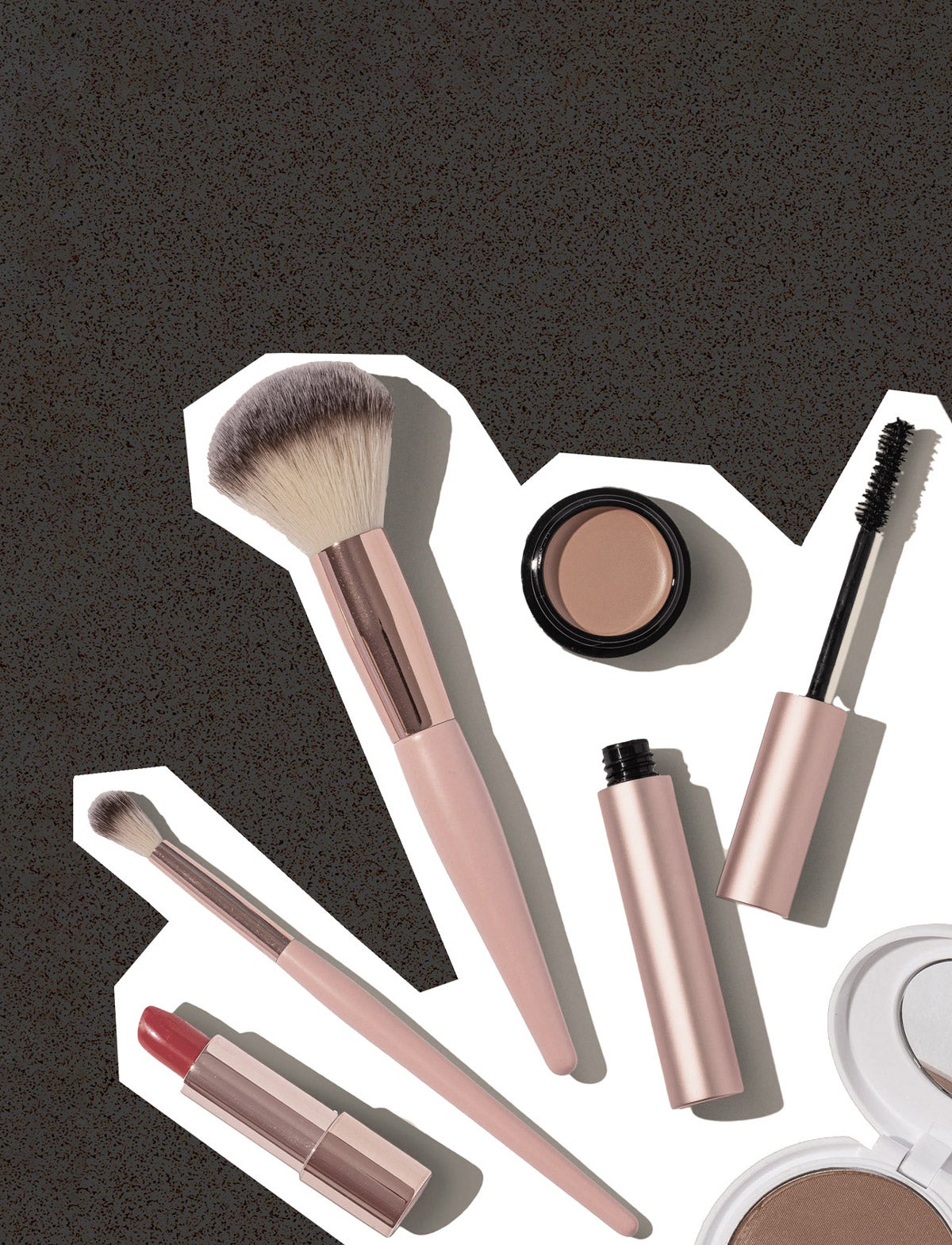
Opinion
We can’t stop at water—it’s time to kick PFAS out of our makeup
The federal government this week proposed stringent regulations that would require utilities to remove certain industrial toxins within a chemical class known as PFAS from drinking water across the U.S.
Although that’s a welcome step forward, PFAS and other hazardous chemicals don’t lurk only in drinking water. In fact, they’re hidden in thousands of everyday household items—including hundreds of personal care products. Scientists are still studying exactly how different levels and avenues of exposure affect human health. But we know enough to understand that these chemicals affect the body in dangerous ways.
Yet personal care products like cosmetics and shampoos do not have to be reviewed or approved by the FDA before they hit the market. Nor do they have to include a full list of ingredients; manufacturers can hide their specific formulas behind vague terms such as “fragrance” or “flavor.”
Sign up for Harvard Public Health
Delivered to your inbox weekly.
As a result, tens of millions of consumers unknowingly rub products containing these hazardous chemicals into their skin and hair every day. So it’s not surprising—but it is deeply troubling—that when my research lab analyzed menstrual blood from four study participants, we found traces of 1,748 environmental chemicals.
It’s past time for policy makers, regulators, and scientists to take stronger action to protect the public from these toxic chemicals.
The PFAS class, which includes more than 4,700 compounds, is linked to serious health issues, including cancer, obesity, decreased fertility, and a weakened immune system. In addition to menstrual products, PFAS often show up in foundations, mascaras, and lip products, especially those that are marketed as waterproof, sweatproof, or shimmery. The popular brand Thinx recently settled a class action lawsuit over the presence of PFAS in ultra-absorbant period underwear that it had marketed as sustainable, organic, and part of the solution for a “healthier world.”
When my research lab analyzed menstrual blood from four study participants, we found traces of 1,748 environmental chemicals.
Then there are the mineral and metal contaminants: the FDA has advised consumers not to use certain brands of blush, bronzer, and eye shadow because they contain asbestos. The agency has also warned of hazardous levels of lead in kohl eyeliners.
As a physician specializing in reproductive health, I am particularly concerned about the many personal care products that contain parabens—a common preservative, but one that can adversely affect reproductive health by disrupting endocrine-signaling in the body. Foaming cleansers may contain surfacants, another potential endocrine disruptor. Phthlates, yet another class of endocrine disruptor, often show up in nail polish, hair spray, shampoo, and perfumes.
Here are four important steps that lawmakers, private industry, and the research community can take to protect public health:
- Require transparency: Late last year, President Biden signed the Modernization of Cosmetic Regulation Act. It improves regulation of manufacturing practices and reporting of adverse events, but it doesn’t go far enough. Under the new law, the FDA can ask manufacturers for a list of product ingredients—but except for allergens, those ingredients do not have to be disclosed publicly. This is unacceptable. Congress should require a complete ingredient list on the labels of all personal care products.
- Test supply chains: In some cases, PFAS and other toxins are not added to personal care products deliberately but slip in through contamination at a manufacturing plant or via contaminated ingredients. Personal care brands that market their products as “clean” or “natural” have an obligation to take the extra step of regularly testing for toxic chemicals throughout their supply chains to ensure their products live up to the label.
- Measure exposure: Personal care products are far from the only avenue of exposure to endocrine-disrupting chemicals. PFAS is used in hundreds of consumer goods, from nonstick pans to stain-repellant carpets to dental floss and toilet paper. To better understand both the risk from each exposure and the aggregated impact, the research community must develop “body burden” assays that measure absorption of these toxic chemicals and track changes over time.
- Ban discrimination: Personal care products are popular in part because there is enormous societal pressure, especially for women, to look younger and to match normative standards of beauty and professionalism. The pressure can be particularly intense for Black girls and women, who often turn to hair relaxants to achieve the look expected of them. Yet regular use of those relaxants is linked to a higher risk of breast cancer and uterine cancer. To ease the pressure to use such products, at least 18 states have enacted the CROWN Act, which makes it illegal to discriminate against people for wearing their hair in natural styles. This protection must be expanded nationwide.
Consumers, of course, also have a role to play. I advise my daughters and my patients to pare their collection of personal care products as much as possible, use them only when the occasion demands, and be vigilant about removing makeup at the end of the day. That’s my approach, too.
It’s easy to despair when thinking about how pervasive toxic chemicals are in our environment. But the situation is not hopeless. In the 1970s, science conclusively showed the dangers of lead, and policy makers moved to get it out of everyday products like paint and gasoline. As a result, lead exposures—and resulting health harms—dropped dramatically but remains in lipstick. We can do the same with PFAS and other endocrine disruptors. Our health depends on it.
Source image: Amy Shamblen / UnSplash


